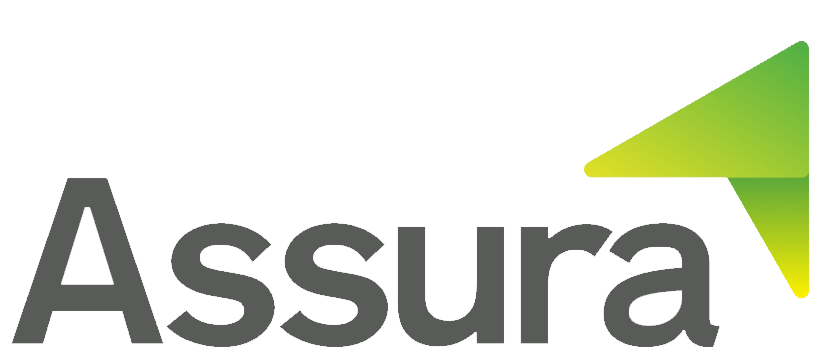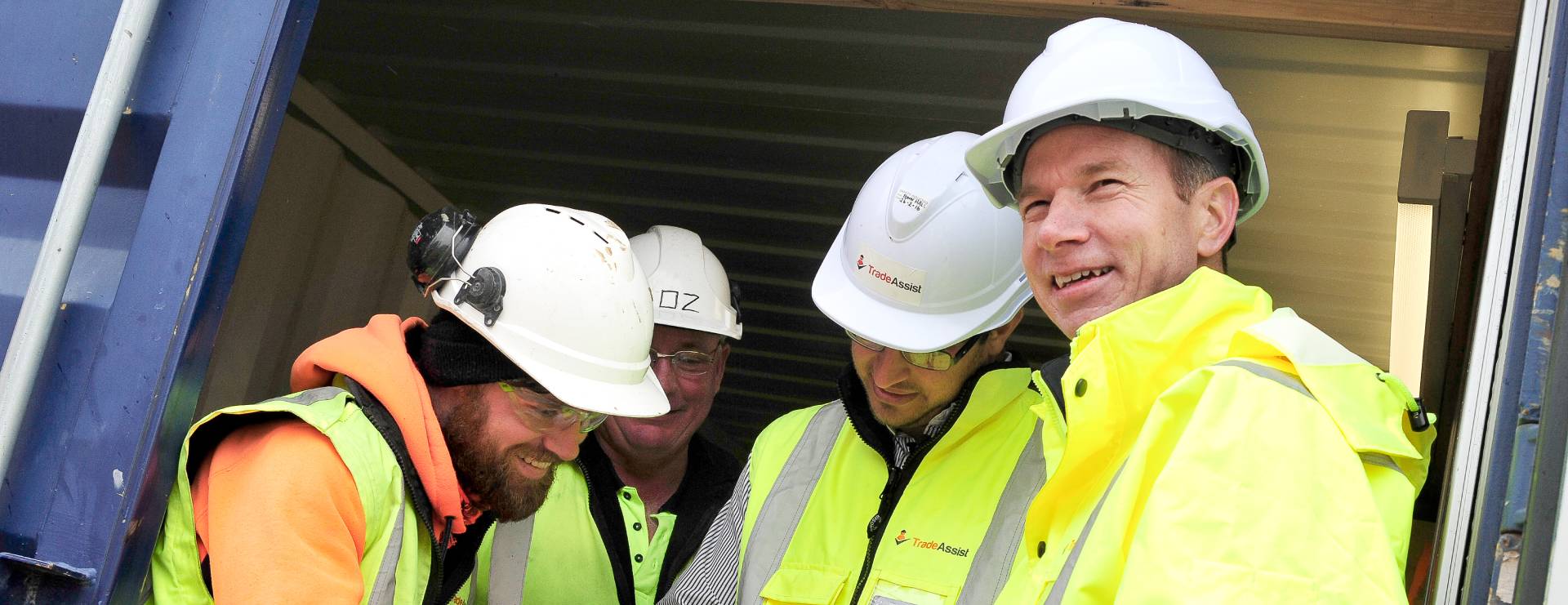No, it’s not always the most convenient thing to focus on, but the raw numbers of workplace health and safety paint a not-very-nice picture. Across New Zealand, close to 1,000 people die in work-related deaths every single year – that’s almost three deaths daily. In Australia, worker fatalities reached 200 in 2023, marking a 5% rise above the five-year average.
Each number carries a face, a name, a family. Real people whose lives changed forever through incidents that proper safety measures might have stopped. The crisis extends past physical dangers, too; Safe Work Australia found that mental health now makes up 10.5% of serious compensation claims in Australia, with rates nearly doubling in ten years.
When someone gets hurt, the fallout goes way beyond the incident itself. Companies pay four times – in human cost, productivity, prosecution, and damaged reputation. First of all, a real person is hurt. Then you’re suddenly juggling the absence of skilled workers, scrambling to train replacements (usually by pulling other team members away from their core responsibilities) and watching production targets slip. These ripple effects can disrupt operations for months, especially in specialised roles where experience can’t be replaced overnight.
Workplace accidents drain the New Zealand economy $4.9 billion yearly, for example, while businesses with sketchy safety records attract stricter oversight, pay higher insurance rates, and watch top talent walk away. And if you really mess up, you’ll be facing prosecution, hefty fines, and all of the public fallout associated with your tarnished reputation.
This reality drives Jemini’s collaboration with safety specialists Assura in a webinar that skips past simple compliance talk to tackle something bigger – building an authentic safety culture that safeguards your team while strengthening your organisation.
The state of workplace safety in Australia and New Zealand
Let’s get a bit more specific about what’s actually going on. New Zealand’s workplace fatality rate sits at 1.9 per 100,000 workers – yes, that’s the lowest ever recorded, but it’s still 1.6 times higher than Australia and a whopping 6.4 times higher than the UK. So yes, room for improvement, to say the least.
From the same study, the last decade shows a mixed bag – minor injuries dropped by 37%, which sounds great until you notice serious injuries (the ones keeping people off work for more than a week) jumped by 18%. Not exactly progress when you look at the full picture.
Over in Australia, Safe Work Australia stats tell us work-related injury rates sit at 3.5% – better than the global average of 12.1%, but let’s not pat ourselves on the back just yet. Mental health claims shot up 19.2% in just one year, to make up that 10.5% of all serious claims stat we mentioned earlier.
Some sectors cop it worse than others – agriculture, construction, and manufacturing top the danger list. But no workplace gets a free pass on safety.
The message? Stop waiting for accidents to happen. Being reactive costs lives, money, and trust. What we need is a total rethink of how safety works in our organisations.
Read more: 20 proven ways to actually support your AU/NZ team (not just “engage” them)
Laying the foundation: What every safety leader needs to consider
Making workplaces safer starts at the top. Our webinar tackles three big areas that make or break your safety culture:
Officer due diligence
Got a clear picture of who counts as an ‘officer’ in your organisation and what legal obligations they’re on the hook for? The price tag for getting this wrong is eye-watering – up to NZD $3 million for companies and $600,000 for individual officers in New Zealand for reckless conduct.
But dodging fines isn’t the point. Understanding these responsibilities builds the backbone of a safety system that runs through your entire operation. Our webinar will cut through the jargon and show what these obligations mean in the real world.
Risk management
How many fancy (and expensive) risk documents sit gathering dust while everyone carries on as usual? Too many, if we’re honest.
What if everyone in your place actually thought about risk before doing anything? What if it became second nature? The gap between risk registers and what happens on the floor is where accidents hide. Our experts can show you practical ways to bridge this gap without drowning in paperwork.
Visible safety leadership
Talk is cheap when it comes to safety. We’ve all seen it before – many bosses say all the right things but send mixed messages when deadlines loom or budgets tighten.
How do you show your team you mean business about safety? It’s not just wearing the right gear when you visit the floor (though that helps). It’s about consistent messages, proper resources, and backing up words with actions. We can provide the strategies that work – ones that turn safety from a slogan into something your people actually believe in.
Read more: Company culture shouldn’t be an afterthought.
Taking advantage of your HRIS to build a truly safer workplace
Safety isn’t just the H&S team’s job – it needs everyone on board. One of your best mates in this fight? That HR and payroll system sitting right by your side 24/7. Let’s look at how your HCM platform can pull more weight in your safety game:
Training and certifications tracking
Hand on heart – are you 100% sure everyone on your team has the right tickets to do their jobs safely? In the six industries where 76% of Australia’s fatal accidents happen, having the right qualifications is quite literally life or death.
What if your system automatically flagged when John in the warehouse needs his forklift ticket renewed? Or if Sarah’s working at heights certification expires next month? Assura will show you how smart tracking catches these gaps before someone gets hurt.
Role-based risk awareness
Do you know which roles in your place carry the most danger? Vehicle incidents cause 42% of work deaths in Australia, with machinery operators and drivers copping it worst.
Imagine tailoring safety training to exactly where it’s needed most, rather than giving everyone the same generic stuff. We’ll show you how to build this thinking into your HR system so the right people get the right training at the right time.
Absence and leave data monitoring
Ever wondered if those sick days might be telling you something? That spike in absenteeism in the warehouse might not be an outbreak of the common cold – it could be the first warning sign of a bigger problem.
Those increases in serious injuries (the ones keeping people off work for over a week) suggest many businesses miss early warning signs. Our experts will help you read between the lines of your absence data to spot trouble before it becomes a disaster.
Read more: Manage leave in real-time, not retrospect!
Employee surveys and pulse checks
Are your people telling you what’s really happening? With mental health claims up so dramatically, something is clearly going on that affects all of us. Giving staff a safe way to speak up matters more than ever.
What if your system gave you a direct line to what your people experience every day? Not just annual surveys nobody reads, but real-time feedback that helps you fix issues before they blow up. Get honest feedback that actually leads to action.
Policy acknowledgement tracking
How do you know your safety policies aren’t just ticked and forgotten? When penalties can hit millions of dollars, “we sent an email” really doesn’t cut it anymore.
Talk to us about how your system can track who’s read what, test understanding, and create an audit trail that actually holds water. More importantly, we’ll talk about making people care about the content, not just clicking “agree.”
Onboarding Workflows
What messages do new starters get about safety from day one? If safety’s not mentioned until after you tell them where the best coffee machine is, you’re already sending the wrong signal.
We can cover how to weave safety into every step of the onboarding journey, setting expectations that last an entire career.
Read more: Streamline your employee onboarding process like never before.
Work hours and fatigue management
Who’s watching for burnout in your high-pressure teams? Deaths from falls have jumped 71% in Australia since 2022, with tired workers often part of the equation.
Could your payroll system flag when someone’s worked too many long shifts in a row? Or spot patterns that spell trouble? We’ll show you how smart scheduling and monitoring can catch fatigue before it catches someone out.
FAQs
How can HR systems help improve workplace safety?
HR systems track critical safety elements like training certifications, role-based risks, and work hours to prevent fatigue. They create audit trails for policy acknowledgements, streamline safety-focused onboarding, and monitor absence patterns that might signal underlying issues. By integrating these functions, HR platforms become powerful allies in building a proactive safety culture.
What are the financial impacts of workplace accidents in Australia and New Zealand?
Workplace accidents cost the New Zealand economy approximately $4.4 billion annually. Beyond direct costs, companies with poor safety records face increased regulatory scrutiny, higher insurance premiums, and talent acquisition challenges. In Australia, mental health claims have increased 19.2% year-over-year, adding significant costs and lost productivity.
What are the current workplace fatality rates in Australia compared to New Zealand?
New Zealand’s workplace fatality rate is 1.9 per 100,000 workers (2024), which is 1.6 times higher than Australia’s rate of 1.4 per 100,000 workers. While NZ has achieved its lowest recorded rate, it remains 6.4 times higher than the UK, indicating significant room for improvement in both countries.
How does leadership behaviour affect workplace safety outcomes?
Leadership actions directly impact safety culture. When leaders consistently prioritise safety, provide adequate resources, and actively participate in safety initiatives, employees follow suit. Inconsistent messages – like pushing production over safety during busy periods – undermine safety efforts. Effective safety leadership requires walking the talk and making safety a core value, not just a policy.
What industries have the highest workplace safety risks in Australia and New Zealand?
Agriculture, construction, and manufacturing consistently rank as the highest-risk industries across both countries. In Australia, 76% of traumatic injury fatalities occur in just six high-risk industries, with vehicle incidents causing 42% of all work-related deaths. Machinery operators and drivers face particularly elevated risks in both nations.


